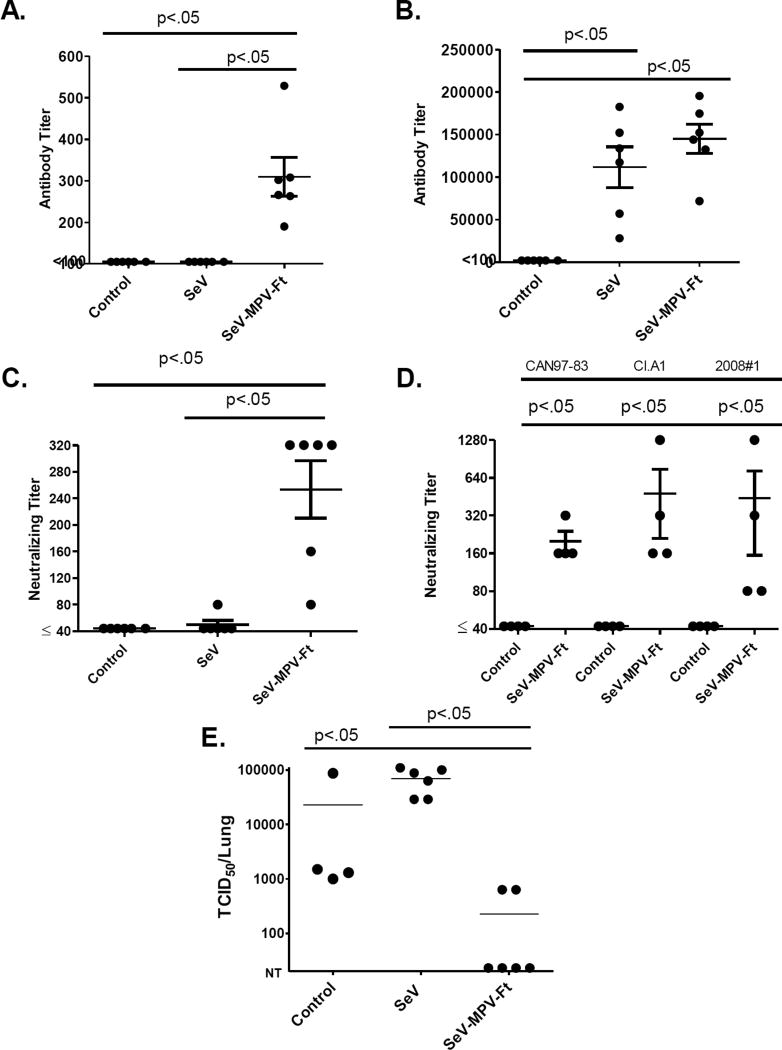Figure 2. Cotton rats primed with SeV-MPV-Ft generate hMPV-specific binding and neutralizing antibodies, and are protected from hMPV challenge.
Groups of 4–6 cotton rats were inoculated with 2 × 106 TCID50 SeV-MPV-Ft or non-recombinant SeV. Sera were collected after 4–6 weeks. Sera were serially diluted for testing in an ELISA against hMPV or SeV (panels A and B). Serum samples were also tested for neutralization activity with 2008#1 (panel C), and with a panel of viral isolates (panel D). All ELISAs and neutralization assays revealed statistically significant differences between vaccinated and control samples using Mann Whitney Tests (p<.05, GraphPad Prism software, San Diego, CA). After resting for 4–6 weeks, vaccinated animals were challenged with hMPV, isolate 2008#1. Virus replication in the lungs was then measured (panel E). Each symbol represents virus from the lungs of an individual cotton rat. Two animals died in the naïve group (original n=6) before analysis. Mann-Whitney tests with GraphPad Prism Software demonstrated that differences in virus loads between vaccinated and control animals were statistically significant (p<.05). Challenge experiments have been conducted three times using the cotton rat model, and each experiment demonstrated significant protection induced by SeV-MPV-Ft.

